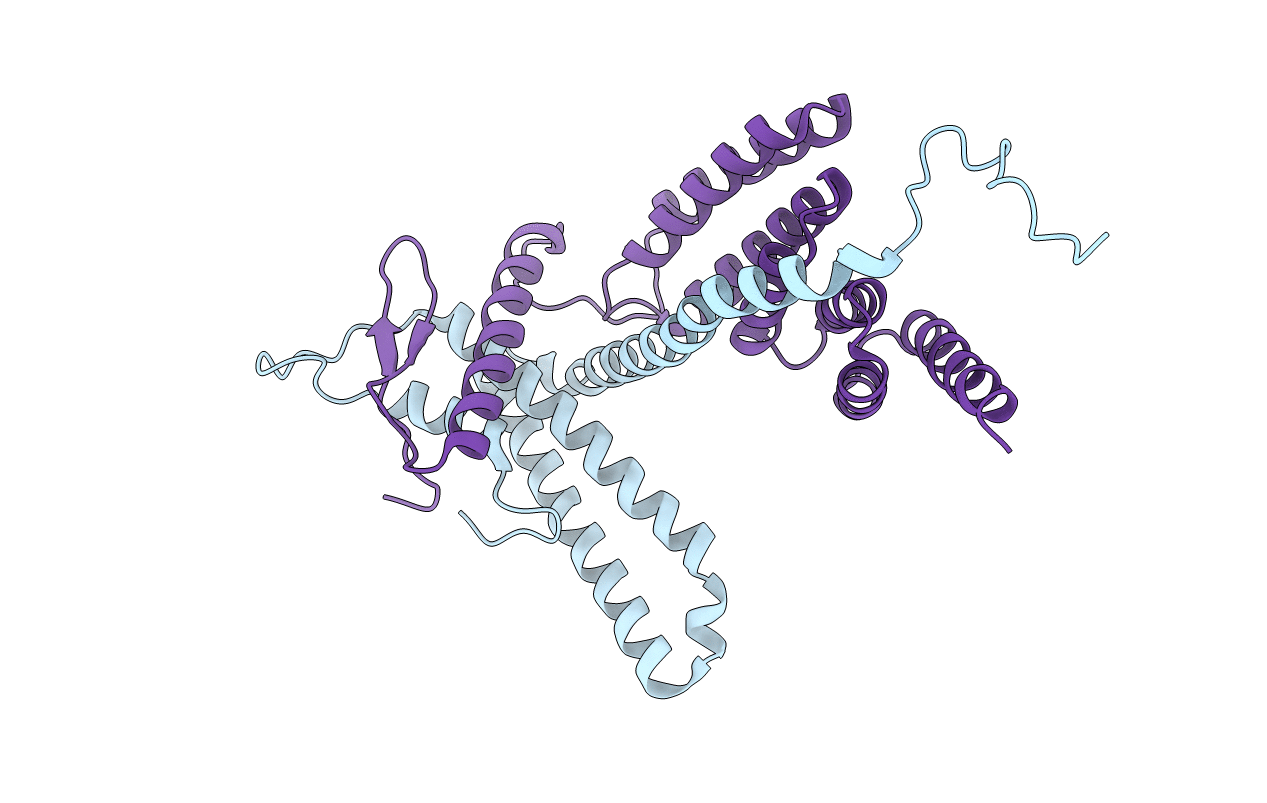
Deposition Date
2016-07-28
Release Date
2017-03-22
Last Version Date
2024-10-16
Entry Detail
PDB ID:
5L0W
Keywords:
Title:
Structure of post-translational translocation Sec71/Sec72 complex
Biological Source:
Source Organism:
Chaetomium thermophilum (Taxon ID: 209285)
Host Organism:
Method Details:
Experimental Method:
Resolution:
3.04 Å
R-Value Free:
0.25
R-Value Work:
0.22
R-Value Observed:
0.22
Space Group:
P 65 2 2


